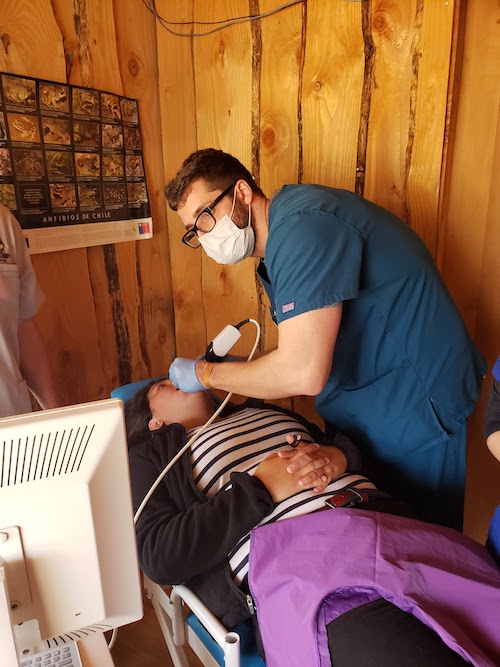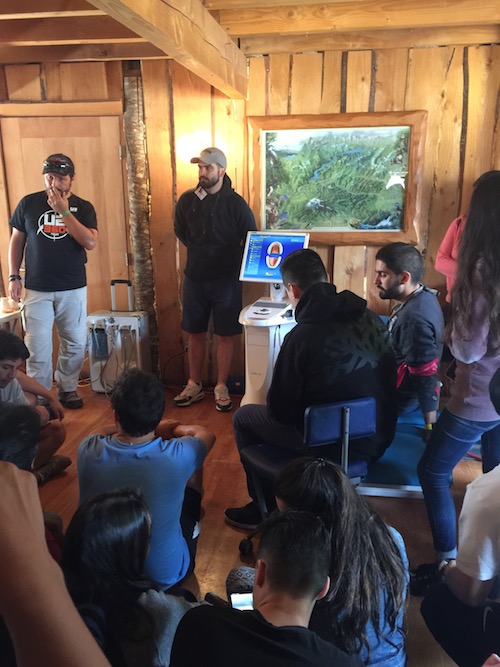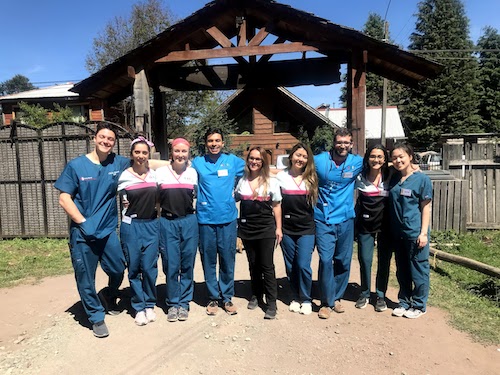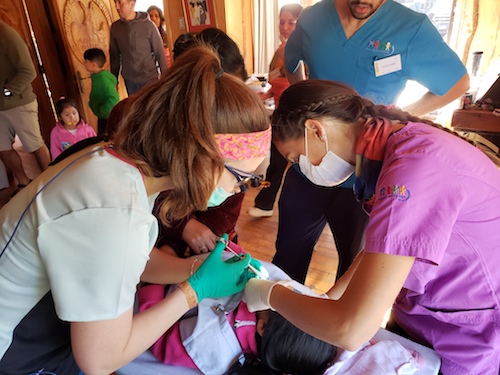 March 2019 – Stony Brook School of Dental Medicine faculty and students returned to Neltume, Chile, to provide oral health care services to the local underserved population.
March 2019 – Stony Brook School of Dental Medicine faculty and students returned to Neltume, Chile, to provide oral health care services to the local underserved population.
Each year, a team of students and faculty members of Stony Brook School of Dental Medicine travel to Neltume, Chile, to provide much-needed oral health care services to children and adults who would otherwise not have access to treatment. The outreach mission, organized by the Friendship and Oral Health (FAOH) Program, takes place over the course of a week and brings together dental students and professionals from Stony Brook School of Dental Medicine, the Universidad del Desarrollo, and the University of Connecticut.
This outreach mission to Neltume marked the first time that digital dentistry was incorporated into treatment during the program. “It is highly unusual to have access to digital dentistry in these areas,” said Dr. Clarisa Amarillas Gastelum, assistant professor. “Patients were fascinated by seeing how their restorations were being designed and milled,” she explained.
The facility was equipped with a scanner and milling machine used for ceramic restorations, through Dr. Daniel Schweitzer Diaz, a Siromax product manager and long-time participant in the FAOH Program. CEREC is a system using 3-D photography and CAD/CAM technology to assist in designing a virtual restoration without taking an impression. When used alongside a milling unit, the dental restorations can be completed in one patient visit.
According to Dr. Amarillas Gastelum, word of the technology spread quickly throughout the community with specific requests being made for the services. “In the past, very large composite restorations would be the only restorative procedures done,” she said. “On this mission to Neltume, we were now able to provide crowns, onlays, and inlays.”
For many of the students, the use of digital dentistry treatments made for memorable patient interactions. For student Yigit Gol, he was moved by reading a translation of a note of thanks from a patient for whom he had completed a restoration. “The patient later returned with her children who performed a traditional dance of Chile for us as a sign of gratitude for the work we performed,” said Yigit. “I was so grateful for making an impact like that on someone’s life.”
Through the coordinated effort of the teams over five days, nearly 400 patients received dental care services including over 300 radiographs, 20 endodontic treatments, 28 CAD/CAM restorations, and numerous extractions, and preventive and operative procedures. According to Dr. Amarillas Gastelum, the impact of the FAOH program is evident: “you can see the improvement in oral health within the community because of the access to dental education and dental care that these outreach missions provide.”




